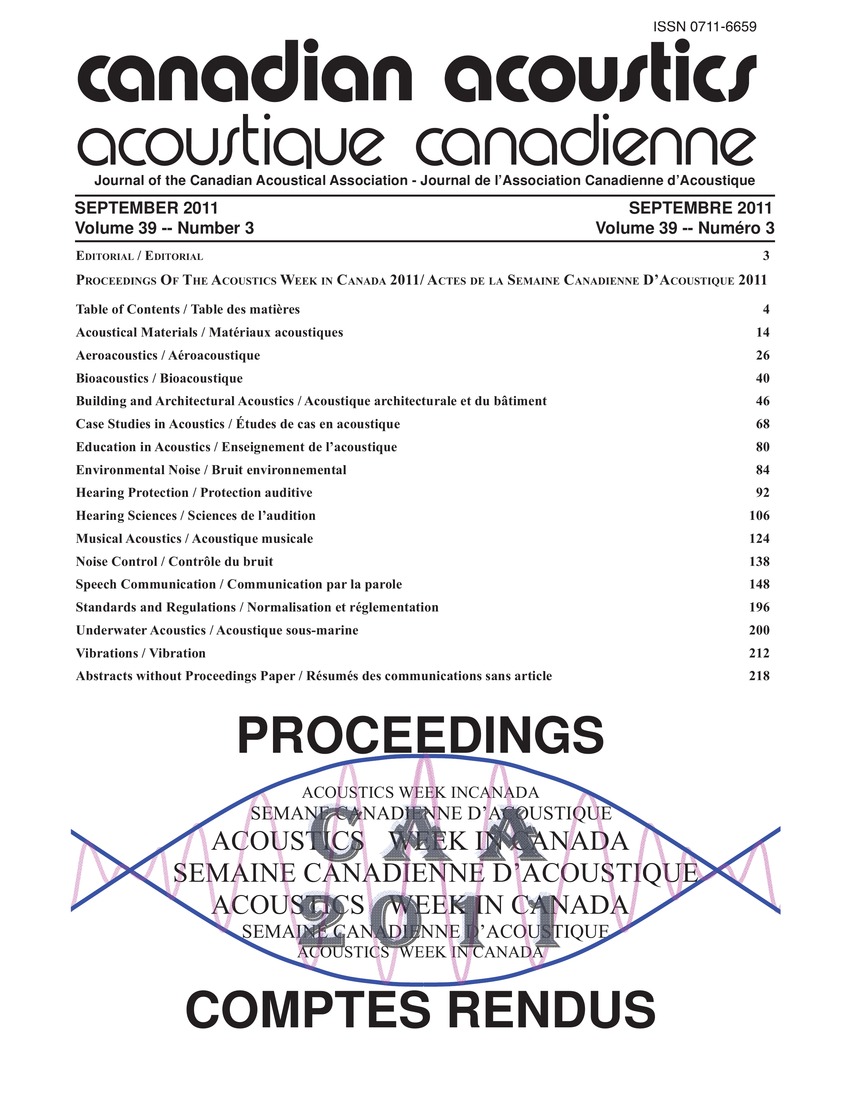High intensity focused ultrasound and microbubble induced tissue ablation: Effect of treatment exposure on thermal lesion volume and temperature
Keywords:
Damping, Laser tissue interaction, Ultrasonic testing, Ultrasonics, Acoustical damping, Bio-effects, Exposure-time, High intensity focused ultrasound, Lesion volume, Micro-bubble, Microbubbles, Orders of magnitude, Therapeutic efficacy, Thermal damage, Thermal damping, Thermal lesion, Tissue ablations, Tissue damage, Tissue temperatures, Ultrasonic intensity, Ultrasound energy, Ultrasound treatments, Viscous dampingAbstract
High intensity focused ultrasound (HIFU) with microbubbles has demonstrated the enhancement of the therapeutic efficacy of HIFU. The ultrasonic intensity for inducing cavitational bioeffects can be reduced by orders of magnitude with administration of such an agent externally. The current study investigates the effects of ultrasound treatment parameters and microbubble concentration on the HIFU lesion volume and temperature. In the active group, larger tissue volume was coagulated in the presence of MBs, despite equal exposure time. This shows that the MBs enhance the tissue ablation induced by HIFU. HIFU causes localized tissue temperature rise because ultrasound energy is converted to heat. However, the lesion volume for the USMB treatment rose at higher rate then the US treatment. This indicates that the mechanisms other then thermal damage also play role in the tissue damage. Theoretically these results can be explained by thermal damping, viscous damping and acoustical damping.Additional Files
Published
How to Cite
Issue
Section
License
Author Licensing Addendum
This Licensing Addendum ("Addendum") is entered into between the undersigned Author(s) and Canadian Acoustics journal published by the Canadian Acoustical Association (hereinafter referred to as the "Publisher"). The Author(s) and the Publisher agree as follows:
-
Retained Rights: The Author(s) retain(s) the following rights:
- The right to reproduce, distribute, and publicly display the Work on the Author's personal website or the website of the Author's institution.
- The right to use the Work in the Author's teaching activities and presentations.
- The right to include the Work in a compilation for the Author's personal use, not for sale.
-
Grant of License: The Author(s) grant(s) to the Publisher a worldwide exclusive license to publish, reproduce, distribute, and display the Work in Canadian Acoustics and any other formats and media deemed appropriate by the Publisher.
-
Attribution: The Publisher agrees to include proper attribution to the Author(s) in all publications and reproductions of the Work.
-
No Conflict: This Addendum is intended to be in harmony with, and not in conflict with, the terms and conditions of the original agreement entered into between the Author(s) and the Publisher.
-
Copyright Clause: Copyright on articles is held by the Author(s). The corresponding Author has the right to grant on behalf of all Authors and does grant on behalf of all Authors, a worldwide exclusive license to the Publisher and its licensees in perpetuity, in all forms, formats, and media (whether known now or created in the future), including but not limited to the rights to publish, reproduce, distribute, display, store, translate, create adaptations, reprints, include within collections, and create summaries, extracts, and/or abstracts of the Contribution.


